No one likes to be on a diet. The word alone makes us think of restriction and misery. But if we think of our eating choices as a lifestyle rather than a diet, we just might be able to commit to it.
The Alkaline pH Diet should be thought of as a way of life. By keeping blood pH levels slightly alkaline, we are able to increase our odds of living a disease free life, which should be the goal of any health care plan.
Here’s evidence that following an Alkaline pH Diet will keep you healthy for life.
Acidosis and pH Levels
All living matter depends on the stability of pH balance. Your quality of life, risk of developing certain diseases, and basic happiness all depend on your pH level. A slightly alkaline blood pH level is approximately 7.35 - 7.45.
Acidosis occurs when blood pH levels drop below this number. During acidosis, excess toxins build up in the body and form free radicals. Free radicals are molecules that are missing an electron. They roam the body until they find other molecules to bind with, thus taking one of their electrons and making that molecule a free radical. Free radicals have the ability to spread quickly, which causes chronic irritation to organs and tissues. It also prevents enzymes from doing their job. During this imbalance state of the body, diseases occur.
DNA Damage and pH Levels
Acidosis can damage DNA molecules. Because DNA directs all operations of the cell, any amount of damage can have a multitude of effects. For example, damage to the DNA in our reproduction cells can lead to a mutation that is passed on to the next generation (Hanson 2005).
A mutation in DNA changes the sequence of the RNA made from DNA. An incorrect amino acid may be built into the protein, which may be functionally defective. Additionally, a change in the RNA may damage entire genes, meaning that some genes may not be turned on at all. Or, some may be turned on all the time, which results in cancer.
The Role of Antioxidants in Acidosis
Antioxidants are molecules that are normally found in plants that act to combat free radicals by donating one of their electrons without then becoming a free radical themselves. Dietary antioxidants lower the risk of diseases such as cardiovascular disease, cataracts, cancer, diabetes, and autoimmune disease. The secret to the powers of an antioxidant is in its structure.
Compounds with a phenolic structure readily give up their hydrogen and become a stable free radical. Several different antioxidants can pass along or trade their extra electron until it resides in the most stable molecule.
The Alkaline pH Diet
The Alkaline pH Diet promotes health by creating a stable environment where disease is unlikely to develop. Foods can be categorized by their potential renal acid loads. Fruits, vegetables, fruit juices, potatoes, and alkali-rich and low phosphorus beverages (red and white wine, mineral soda waters) have a negative acid load. Whereas, grain products, meats, dairy products, fish, and alkali poor and low phosphorus beverages (pale beers, cocoa) have relatively high acid loads (Schwalfenberg 2011).
Alkaline supplements that are helpful in accompanying the Alkaline pH Diet are:
Calcium- found mainly in the skeleton
Potassium- plays a role in cellular exchanges. Also responsible for muscle cramps
Magnesium- has a calming effect on the nervous system; stimulates immune system
Iron- necessary for carrying oxygen in the blood
Manganese- acts as a catalyst in many biochemical reactions.
Limiting sodium intake is also part of the Alkaline pH Diet. According to Schwalfenberg 2001, increased sodium in the diet can predict the degree of hyperchloremic metabolic acidosis when consuming a net acid producing diet. The same study also shows evidence that there are adverse effects of sodium chloride in the aging population. A high sodium diet may cause bone and muscle loss during immobilization by increasing bone resorption and protein wasting. Excess dietary sodium has been shown to cause hypertension and osteoporosis in women.
Also, a lack of dietary potassium may modulate pressor and hypercalciuric effects of excess of sodium chloride (Schwalfenberg 2011).
Furthermore, a three-year study looking at a diet rich in potassium, such as fruits and vegetables, as well as a reduced acid load, resulted in preservation of muscle mass in older men and women. Getting enough potassium may also neutralize the daily net acid load in postmenopausal women resulting in the increase of the growth hormone and resultant osteocalcin. Improving growth hormone levels may improve quality of life, reduce cardiovascular risk factors, improve body composition, and improve memory and cognition.
Further evidence from Schwalfenberg 2011 suggests an alkaline diet may improve chemotherapy agents. This is because cell deaths correlate with acidosis and intracellular pH shifts higher (more alkaline) after chemotherapy. This study also suggests that alkaline mineral supplementation may improve chronic back pain.
References
Hanson, B. (2005). Understanding medicinal plants: Their chemistry and therapeutic action. New York: Haworth Herbal Press.
Schwalfenberg, G. (2011). The Alkaline Diet: Is There Evidence That an Alkaline pH Diet Benefits Health? Journal of Environmental and Public Health, 1-7.
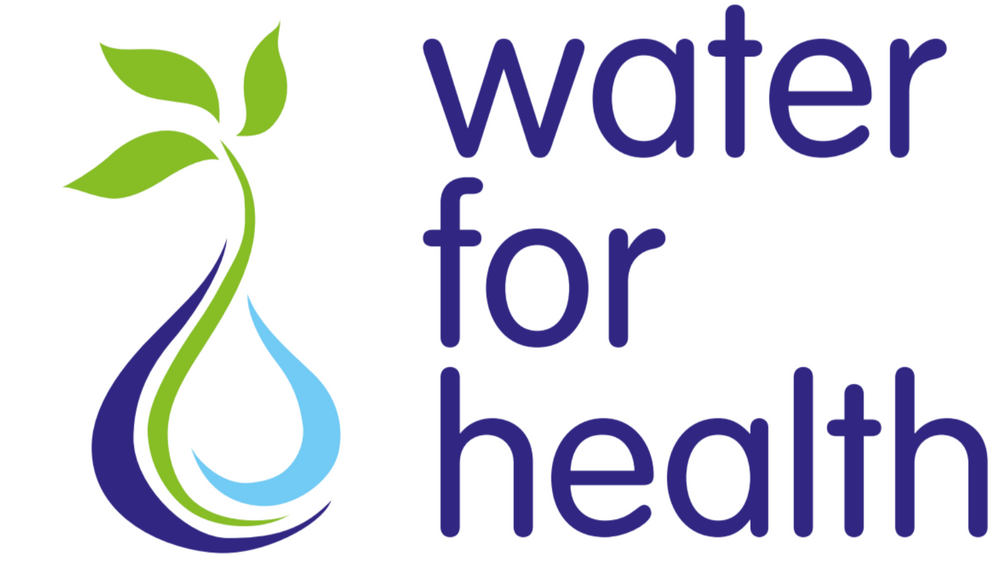



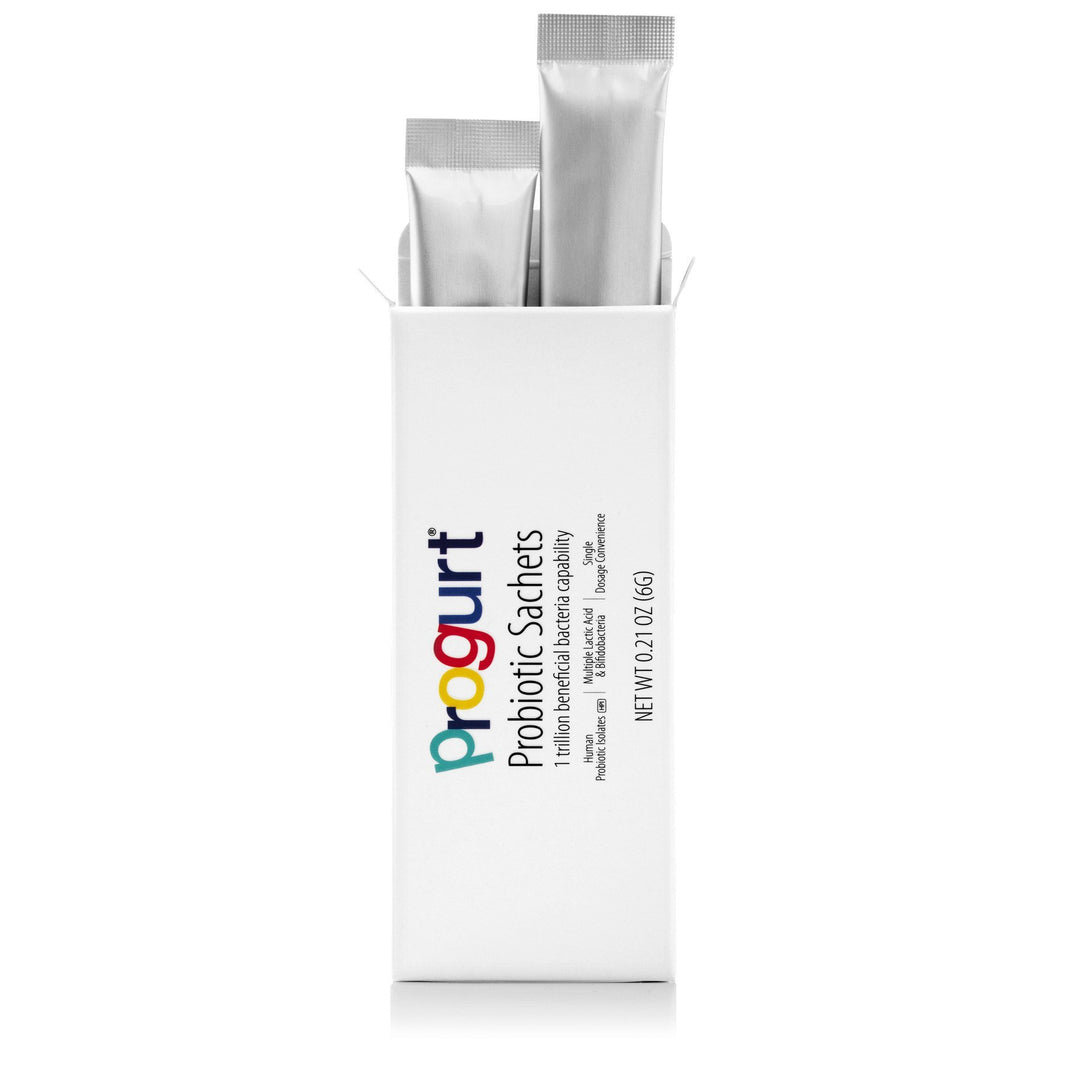


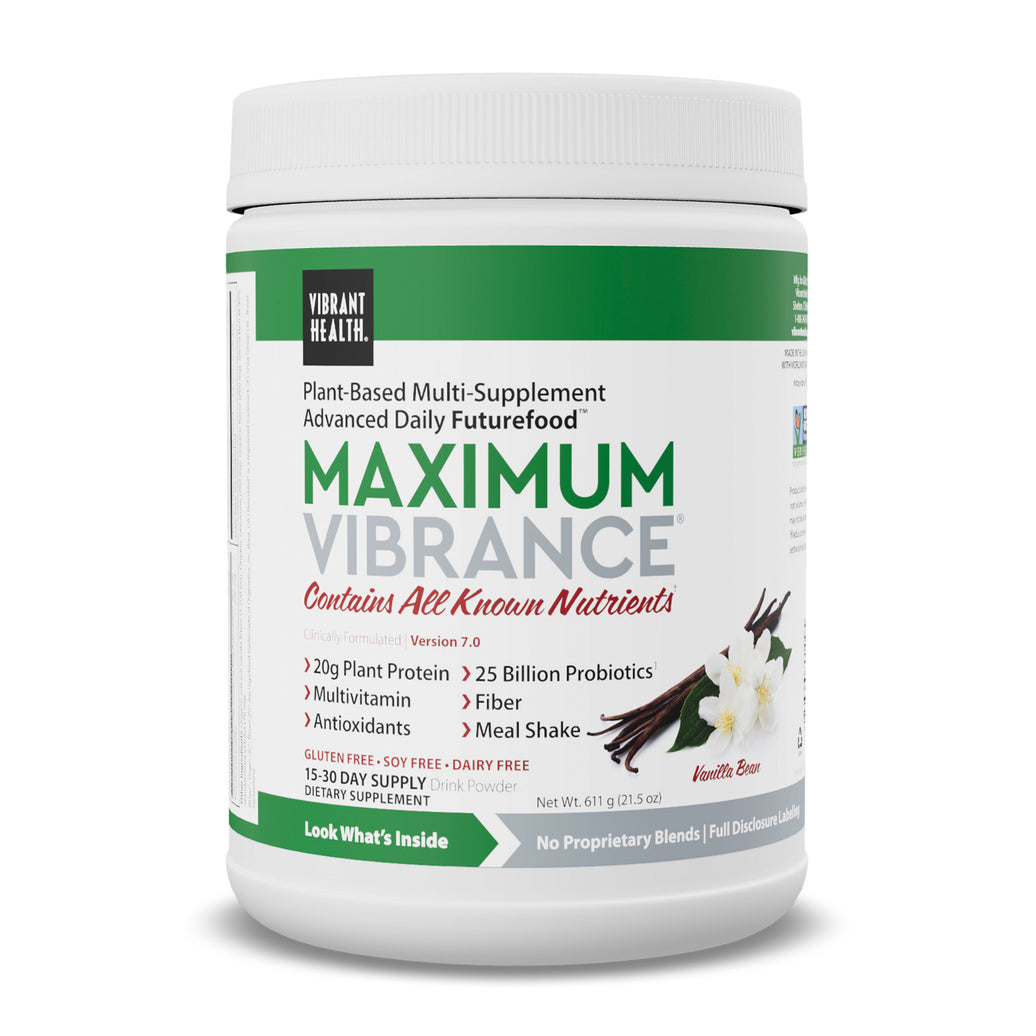
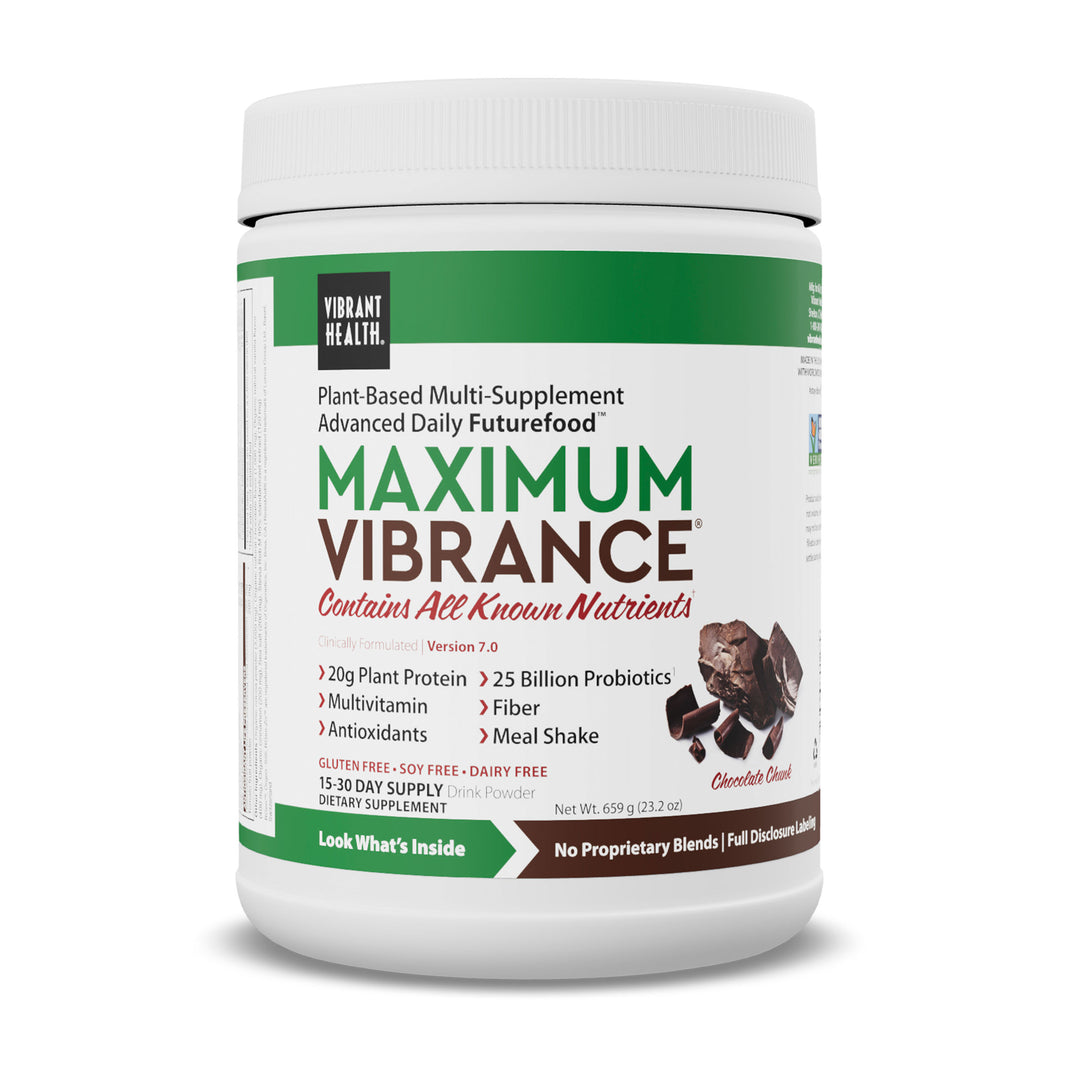

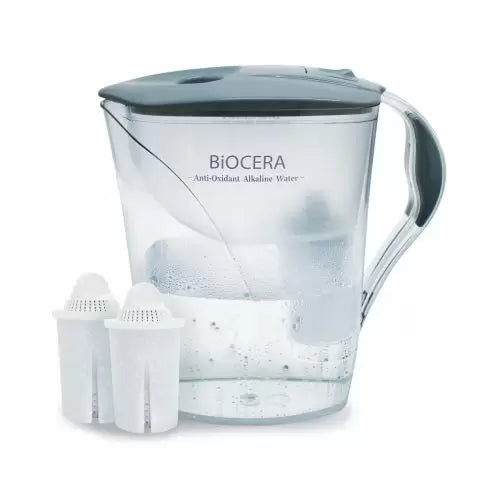




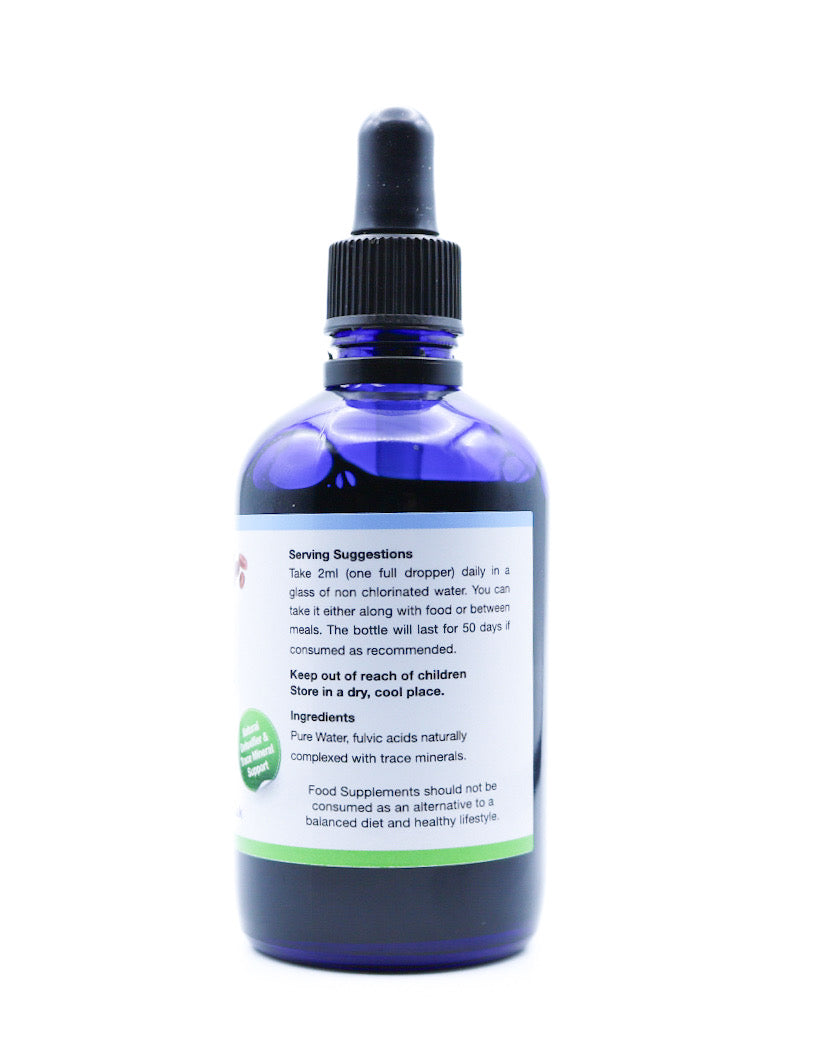
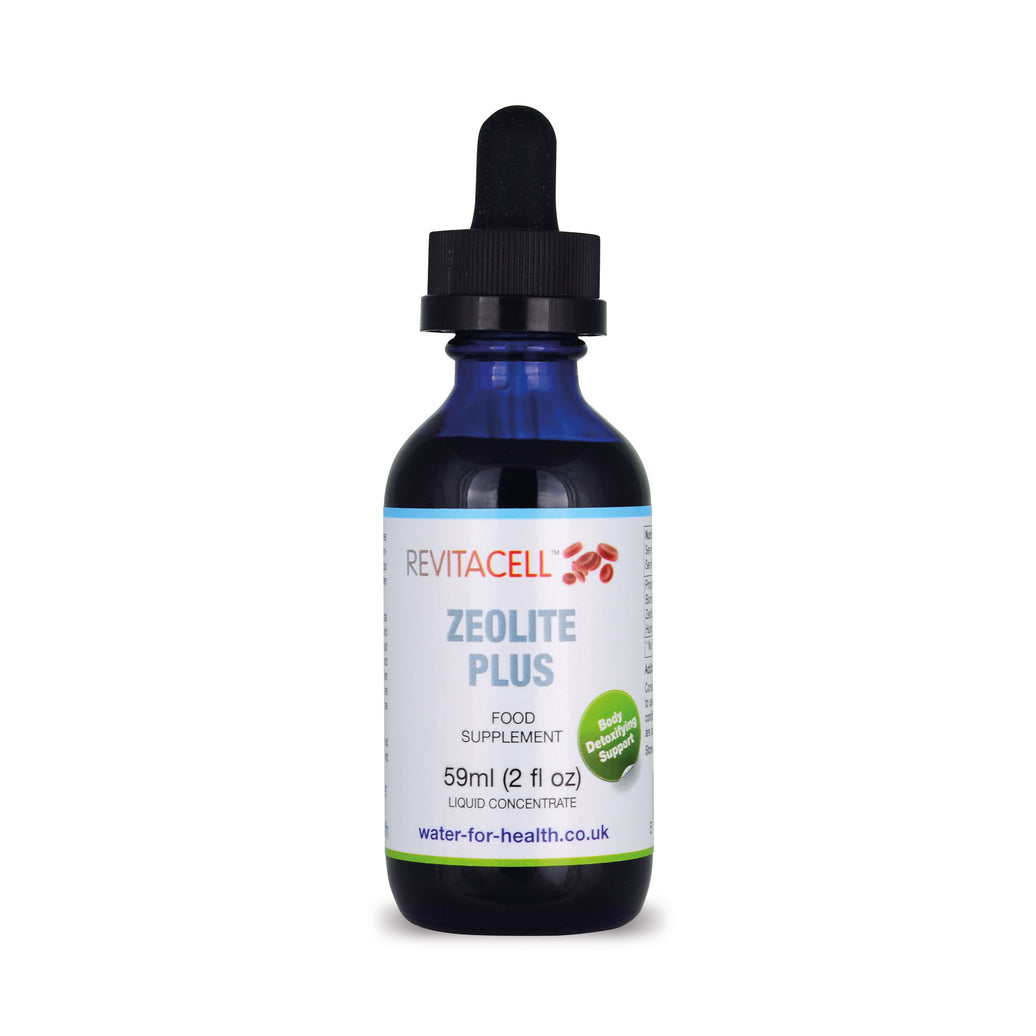
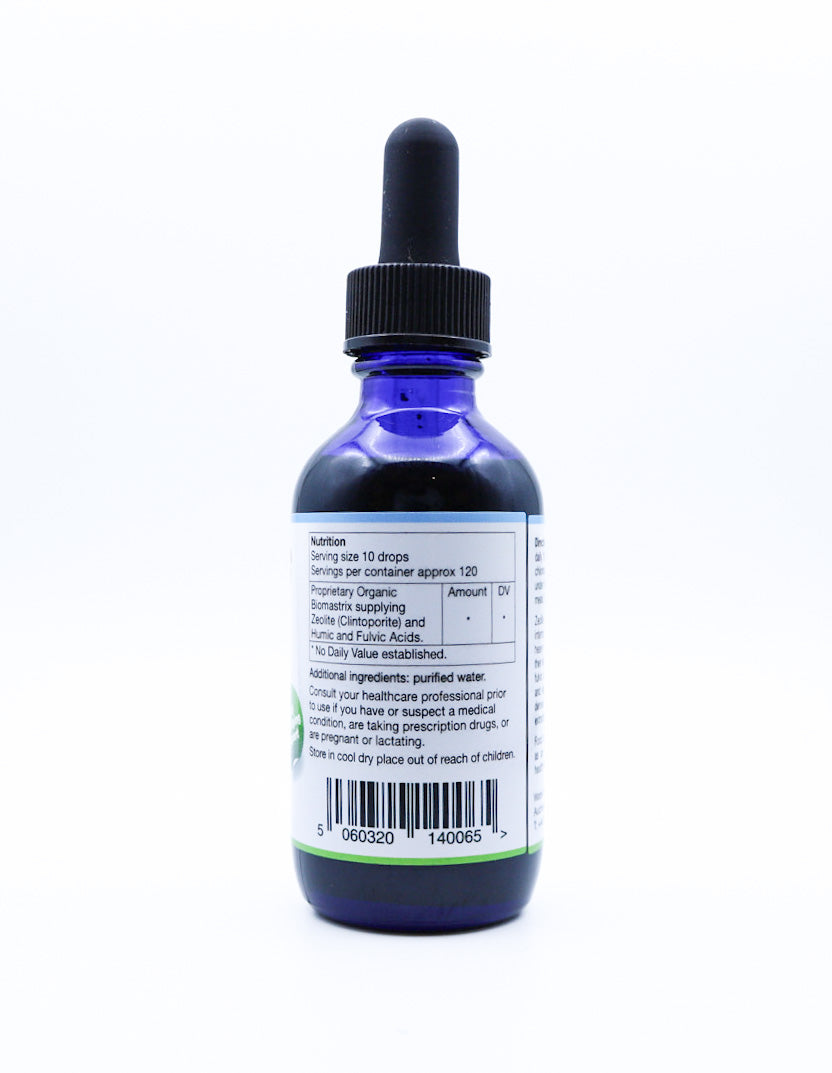

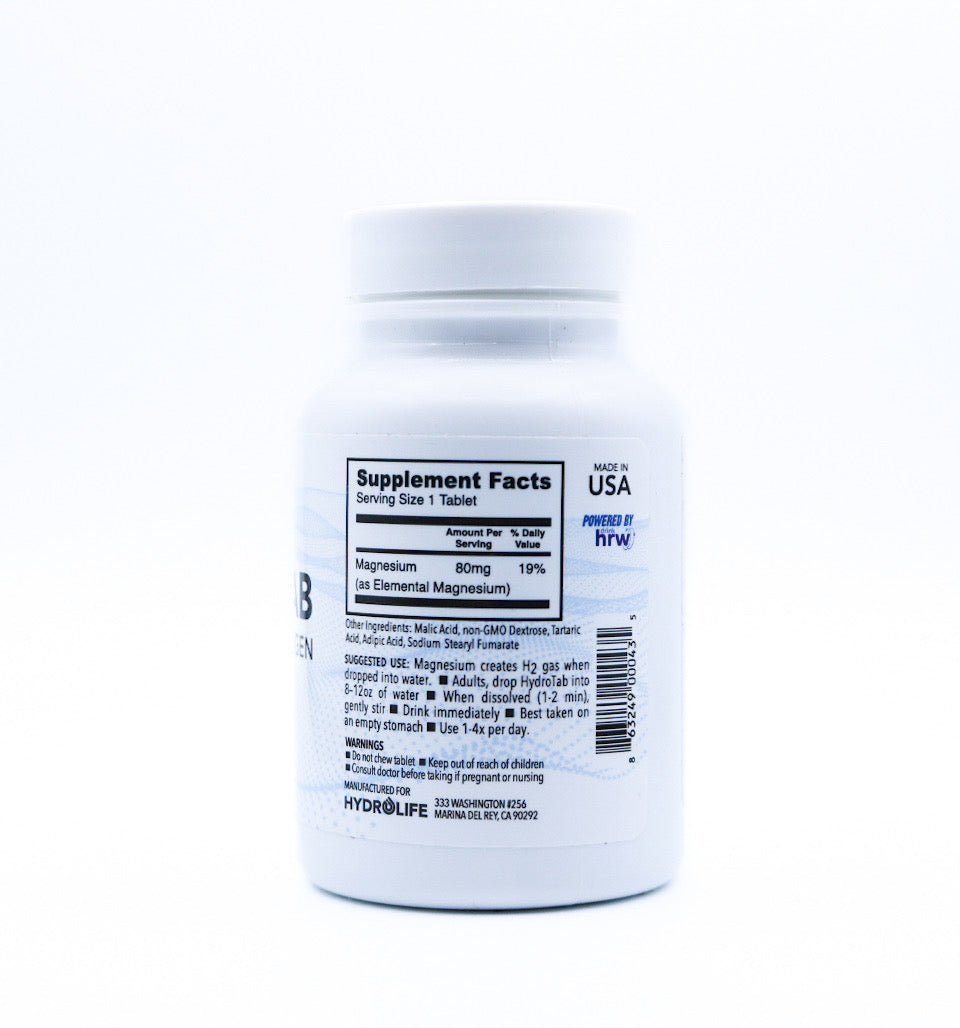








Leave a comment